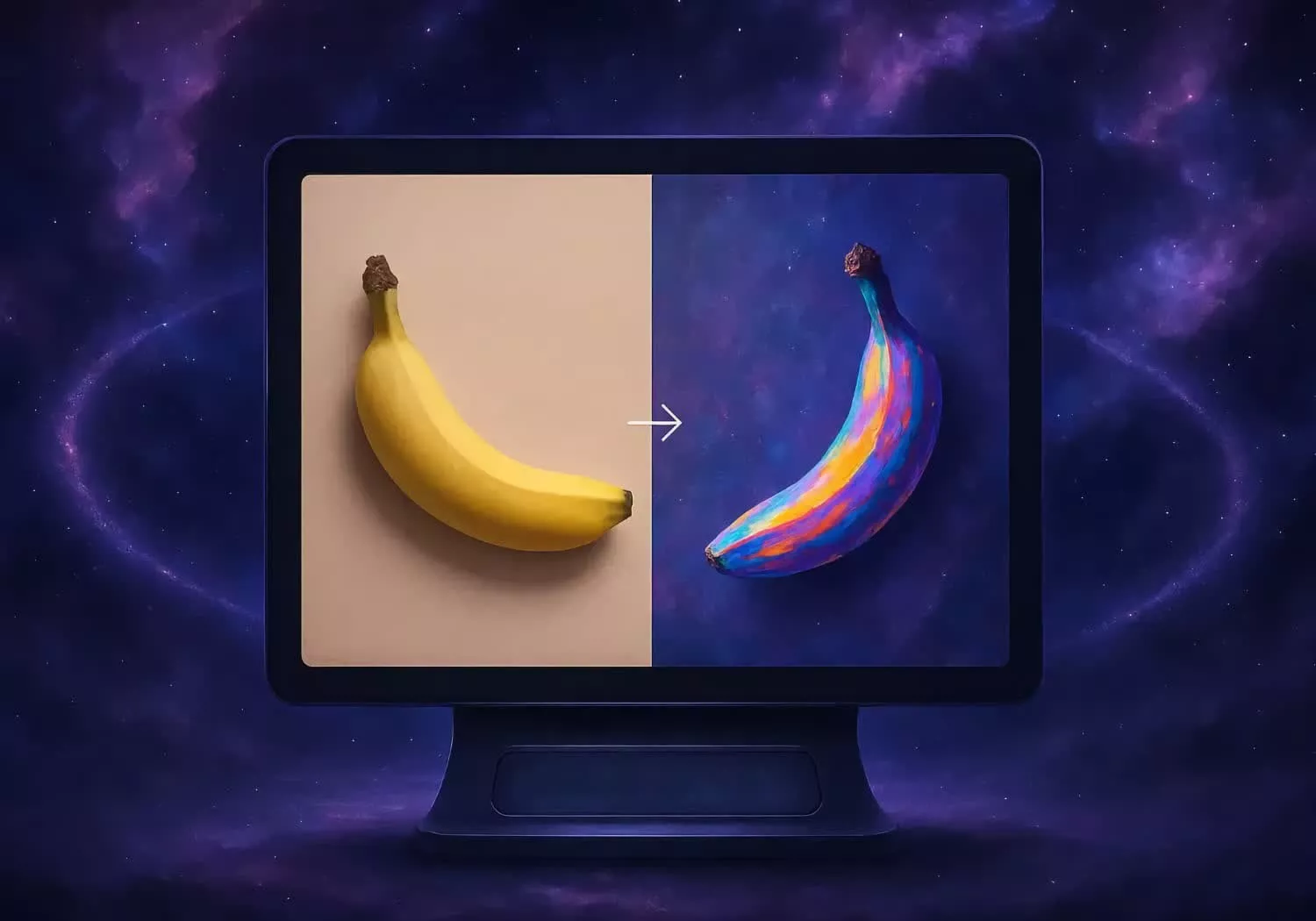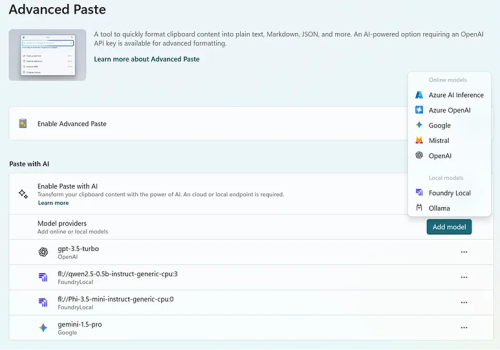Shape and Texture Recognition in Large Vision-Language Models
NeutralArtificial Intelligence
- The introduction of the Large Shape and Textures dataset (LAS&T) aims to enhance the evaluation of Large Vision
- This development highlights the ongoing challenges faced by VLMs, which struggle to match human performance in visual recognition tasks, particularly in complex scenarios involving variations in shape and texture.
- The findings underscore a broader trend in AI research, where advancements in model architectures and datasets are crucial for improving visual understanding, yet significant gaps remain in achieving human
— via World Pulse Now AI Editorial System


